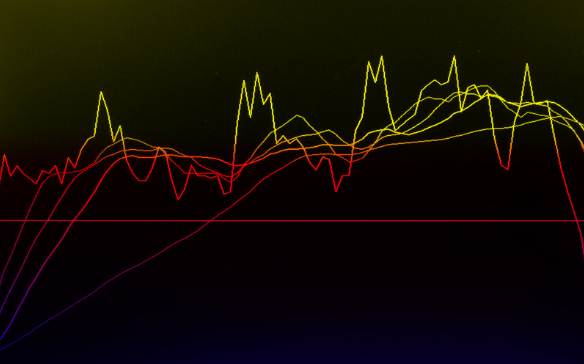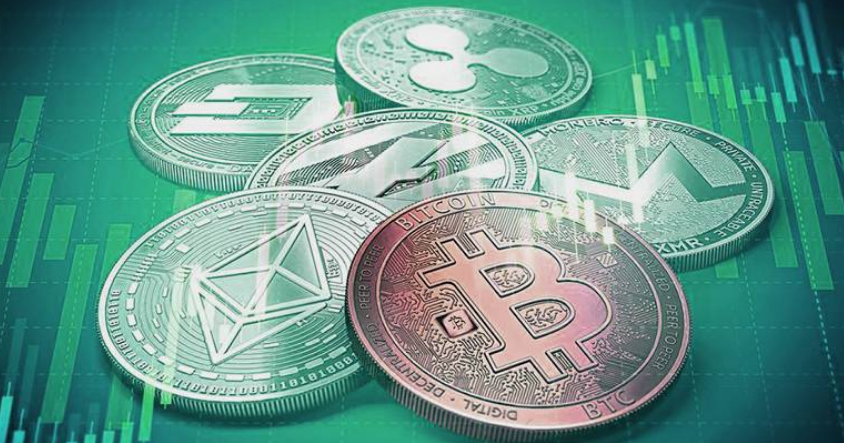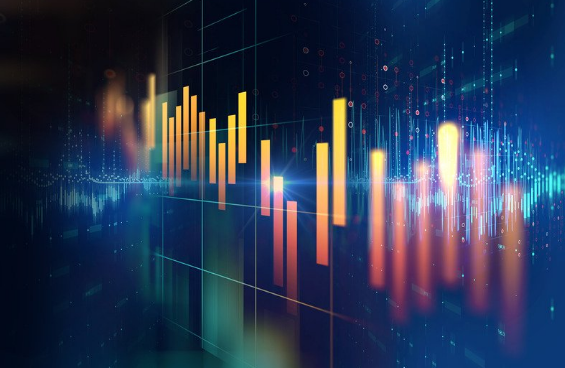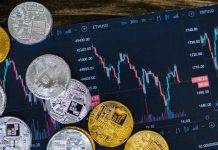Table of Contents
Leverage is a financial ratio that determines how much you can borrow from the bank. The higher the leverage, the greater the risk.
If you have a lot of money and keep it in cash, it’s unlikely for you to lose all of your money. But if you use it as collateral for a loan, then if something unexpected happens to your business or company and you can’t repay your debt with interest on time to the lender, they may seize your collateral— which was lent out at a high level of leverage.
The concept of leverage is easy to understand, but it’s difficult to implement. The average investor did not well understand the mechanics of leveraging.
What Is Leverage In Trading?
 This describes leverage as the “use of borrowed capital to amplify investment returns.” It is this magnification effect that makes leverage so attractive. Basically, leverage allows you to achieve higher returns on your investment while putting up less capital. But there is a downside to leverage. It also amplifies your losses if the trade goes against you.
This describes leverage as the “use of borrowed capital to amplify investment returns.” It is this magnification effect that makes leverage so attractive. Basically, leverage allows you to achieve higher returns on your investment while putting up less capital. But there is a downside to leverage. It also amplifies your losses if the trade goes against you.
Leverage is one of the most important concepts in bitcoin trading. It describes how much money you need to invest in order to make a certain amount. If the leverage and size of your investment are high, then you can achieve a greater return on your initial investment.
A higher risk arises when you increase the level of leverage and you can mitigate this by diversifying investments with different levels of leverage and assets that are not significantly correlated with each other. You would then want to think about how much money you want to put into equity and fixed-income investments, as well as what type of asset mix would be best for your situation before deciding on a level-of-leverage strategy.
Types of Leverage Used In Trading
 The most common types of leverage in the trading world are margin accounts and futures. You can think of a margin account like a credit card. You can use it to borrow money from your broker to purchase securities on the market. And unlike a credit card, you don’t have to pay interest in the money you use in a margin account. There are lots of Crypto engines where you can start trading.
The most common types of leverage in the trading world are margin accounts and futures. You can think of a margin account like a credit card. You can use it to borrow money from your broker to purchase securities on the market. And unlike a credit card, you don’t have to pay interest in the money you use in a margin account. There are lots of Crypto engines where you can start trading.
Institutions and individuals use margin trading to take advantage of price movements without having to put up all of their own capital. If you trade with borrowed money in your margin account, we call it “buying on margin.
If you’re short, if you’re selling, you can extend your position by borrowing money from the broker to buy more shares. If the share price rises, you are making money. When it falls, however, you are losing money because now the shares are worth less than what you owed your broker.
You can also think of a futures contract as an option. The seller of a futures contract says that he or she will sell a specific amount of something in the future for a certain price in the future. We know the person who buys this contract as “long.” They’re betting that whatever commodity is being sold will rise over time and therefore increase in value. But they are taking on the risk that the asset may actually decline in value.
When you sell a futures contract, you are short. If it goes up, then you will make more money than if the price is lower. This is because now your margin account covers the difference. If it goes down, then you will lose more money than if the price was higher. This is because now your margin account has to cover this loss.
The most common types of leverage come from buying stocks with margin accounts and putting up only a small amount of cash to buy them outright. When you think of leverage, don’t forget about borrowing from the bank. Similarly, you can borrow money from the bank to buy stock.
Benefits And Downsides Of Leverage In Trading
One of the major benefits of this type of leverage is that you can make more money on your account with a small amount of capital. This means that your profit margins are higher, which makes it easier for you to make money in the long term.
The downside to this type of leverage, however, is that because it amplifies either gains or losses, then you face risks that are deepened. This means that if the stocks and shares move in your favor, then you will see much better returns, whereas if it moves against you, these losses will amplify because there was not enough capital put up to cover them.
How Does Leverage In Trading Work?
 Leverage is the opposite side of the coin to margin. Margin creates extra capital which you can use to purchase more shares or futures contracts without having to pay any additional money.
Leverage is the opposite side of the coin to margin. Margin creates extra capital which you can use to purchase more shares or futures contracts without having to pay any additional money.
Leverage allows the investor to amplify his capital with borrowed money, which leads him or her into riskier trades more often than they may have preferred. The credit limit on your account limits purchasing on a margin account. This means that you can only purchase a certain amount of shares for a certain price. You can, however, extend your position by borrowing more money from your broker.
This is how your leverage works. When you purchase on margin, you are really borrowing from your broker at a set interest rate to buy more stock. It helps people to access more diverse markets that they otherwise would not have been able to handle with the capital that they had available.
Conclusion
Leveraging in trade is a double-edged sword and you must understand and weigh your risks and rewards to trade effectively. The concept of leverage is also very complex and can be difficult to understand, especially for beginners. This is due to how leverage operates in the market and other intricacies of the markets that beginners may not understand. Understanding leverage is key to being a successful trader. This is because it will allow you to understand the other intricacies of the market and how they operate.






































